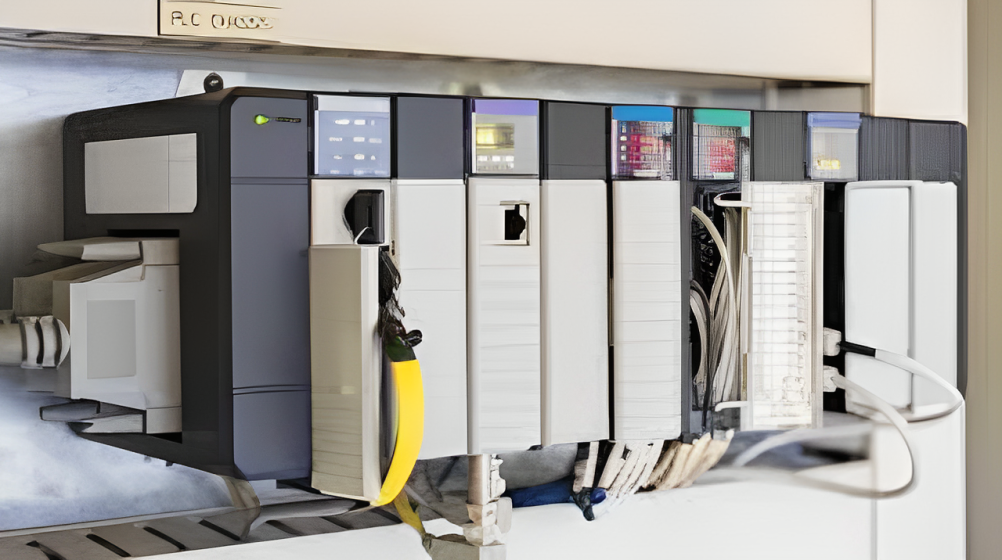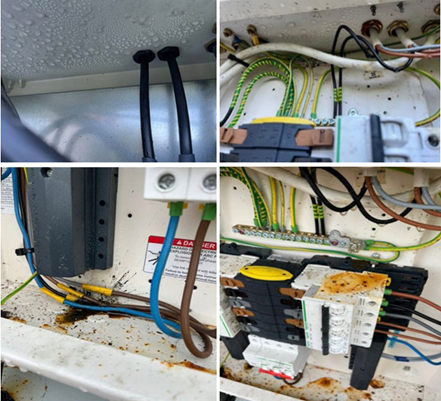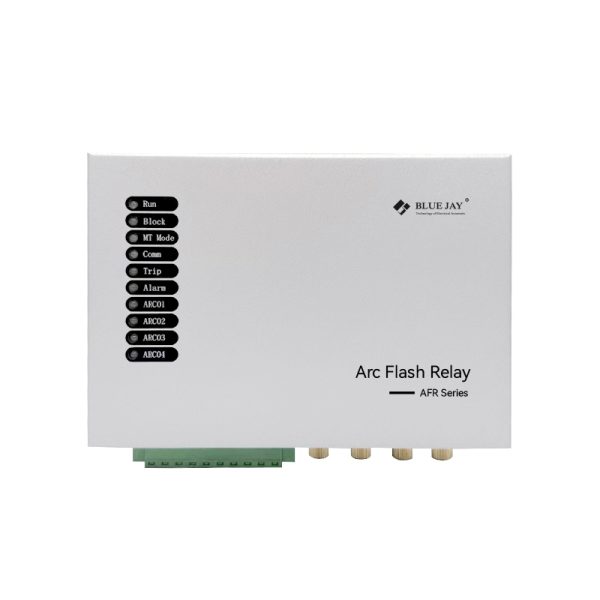The MCCB function mainly includes Protection Against Overloading, Protection Against Short circuits, Switching the circuits on and off, Manual Switching Control, and Electric fault protection, according to the working principle of MCCB. Molded Case Circuit Breakers (MCCBs) offer several important functions, especially electrical systems.

5 basic MCCB Function
This part will introduce the functions of molded case circuit breaker in details.
MCCB Function – Protection Against Overloading
MCCBs are designed to protect electrical circuits and connected equipment from overcurrent conditions, such as prolonged high currents due to excessive load. When the current exceeds the preset threshold for a specified duration, the MCCB trips to open the circuit and prevent overheating or damage.
MCCB Breaker Function – Protection Against Short Circuit
MCCBs provide protection against short circuits, which are characterized by extremely high currents due to a fault in the electrical system. The MCCB’s magnetic trip mechanism responds to this sudden overcurrent by quickly disconnecting the circuit to prevent electrical fires, equipment damage, and potential hazards.
MCCB Function – Switching the Circuits On and Off
MCCBs serve as electrical switches, allowing users to manually open and close the circuit. This function is essential for normal operation, maintenance, and troubleshooting of electrical systems.
Function MCCB – Manual Switching Control
MCCBs offer manual control through an operating handle or mechanism. Users can easily turn the circuit on and off as needed, making them a convenient component for controlling the flow of electrical power.
MCCB Function – Electric Fault Protection
MCCBs play a crucial role in protecting against various electrical faults, including overloads, short circuits, ground faults, and other abnormal conditions. Depending on the design, some MCCBs may incorporate ground fault protection or have adjustable settings to tailor protection to specific applications.
Molded Case Circuit Breaker Function in Power Systems
MCCBs fulfill several critical roles in power systems that contribute to the maintenance of system stability and safety:
Overload Protection: Overloads in power systems can lead to current levels exceeding the normal range, potentially causing damage to wires and equipment. MCCBs monitor the current, detect and cut off the circuit in case of an overload, preventing damage to equipment. This extends the lifespan of electrical equipment and enhances system reliability.
Short-Circuit Protection: Short circuits represent severe faults within power systems, capable of causing fires and equipment damage. MCCBs rapidly cut off the circuit in the event of a short circuit, reducing the risk of fire and damage. This is crucial for the safety of personnel and property.
Current Control: MCCBs allow power system administrators and operators to control the flow of current. Through manual operation or digital control, they can open or close circuits as needed, effectively managing energy distribution.
Fault Isolation: In case of system faults, MCCBs can quickly isolate the faulty section, preventing the spread of faults throughout the entire system. This helps maintain system availability and stability.
Fire Prevention: By preventing wires and equipment within circuits from overheating, MCCBs reduce the risk of fires. The thermal protection mechanism ensures that the current remains at a safe level, preventing damage to wires and insulation materials.
Overall, MCCBs are integral components of electrical distribution systems, providing both automatic and manual protection against overcurrent, short circuits, and other electrical faults. Their ability to disconnect the circuit when needed helps ensure safety, prevent damage to equipment, and maintain the reliability of electrical systems. They are indispensable components in electrical systems, preventing equipment damage, fire occurrences, and system failures.






